Brian Boru stands as one of Ireland’s most iconic historical figures. His life and legacy, marked by impressive achievements, battles, and diplomacy, saw him rise to become a High King who played a pivotal role in uniting Ireland and challenging the Viking presence.
Early Life and Rise to Power
Birth and Family Background
Born around 941 AD, Brian Boru hailed from the Dál gCais tribe, a dynasty that ruled over the kingdom of Thomond, covering parts of modern-day County Clare. His father, Cennétig mac Lorcáin, was a notable king of Thomond, positioning Brian in a line of potential rulers.
Ambitions Beyond Thomond
Brian’s initial objective was to exert dominance over neighboring regions. His military and strategic prowess allowed him to extend his influence beyond Thomond, gradually subjugating the kingdoms of Munster and subsequently the whole southern half of Ireland.
Confrontations with the Vikings
Viking Presence in Ireland
By the time of Brian’s ascent, Vikings had been in Ireland for over two centuries. They established settlements, notably in Dublin, Waterford, and Limerick. While they initially arrived as raiders, they eventually became settlers, traders, and integral to Ireland’s urban development.
Brian’s Campaigns against Viking Territories
Brian recognized the Vikings’ strategic and commercial value but sought to curtail their independent power. Through a combination of warfare and alliances, he subdued the Norse cities of Limerick and Waterford. His most significant challenge, however, was Dublin, the most fortified Viking stronghold.
The Battle of Clontarf
The culmination of Brian’s efforts to curb Viking power came in 1014 at the Battle of Clontarf. While it’s commonly misconceived as a simplistic Irish versus Viking battle, it was a more complex confrontation involving various Irish factions and Viking mercenaries. Nonetheless, Brian’s forces emerged victorious, significantly diminishing Viking influence in Ireland.
Brian as the High King of Ireland
Path to High Kingship
While Ireland had several local kings, the title of Ard Rí (High King) was primarily ceremonial before Brian. However, his ambition drove him to transform this title into a position of genuine authority. His ascent began with the submission of the powerful northern king, Máel Sechnaill mac Domnaill, recognizing Brian as the High King in 1002.
Challenges and Governance
Being High King wasn’t an end but a continuous challenge. Brian had to navigate a complex web of regional loyalties, ensuring that local kings acknowledged his authority. He implemented reforms, patronized monasteries, promoted trade, and worked on the infrastructure, showcasing a vision that extended beyond warfare.
Legacy and Impact
Death and Succession
Tragically, Brian met his end during the aftermath of the Battle of Clontarf, assassinated in his tent. His death sparked a power vacuum, with various factions vying for dominance. While none of his immediate successors managed to maintain the level of authority he achieved, his legacy as a unifier endured.
Brian Boru in Irish Culture
Beyond the historical records, Brian Boru’s life has been immortalized in Irish folklore, songs, and literature. His story resonates as a tale of an underdog who overcame odds to unify a nation, becoming a symbol of Irish resilience and pride.
Modern Relevance
Today, Brian Boru is remembered not only for his military achievements but also for his statesmanship. His vision for a united Ireland, though not fully realized in his lifetime, laid the groundwork for the gradual process of political unification.
In the annals of Irish history, few figures shine as brightly as Brian Boru. His rise from a regional king to the High King who challenged the Vikings’ dominance showcases his unparalleled strategic acumen and vision. His legacy, etched in both history and culture, serves as a beacon of leadership and ambition in the face of adversity.
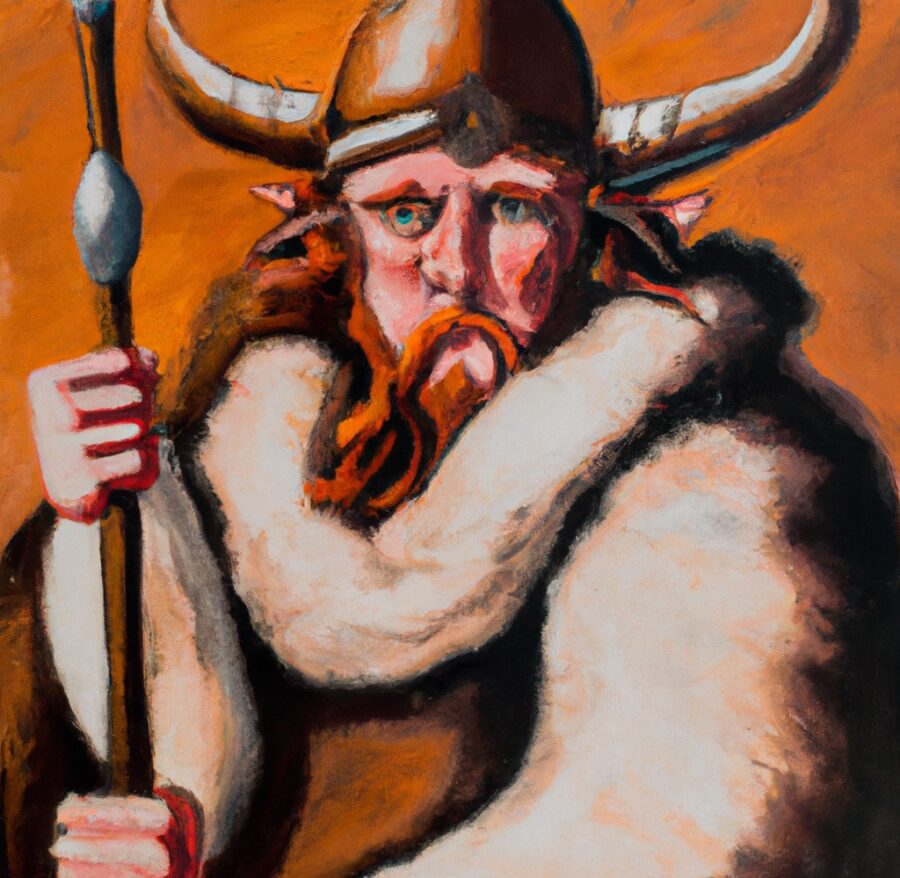


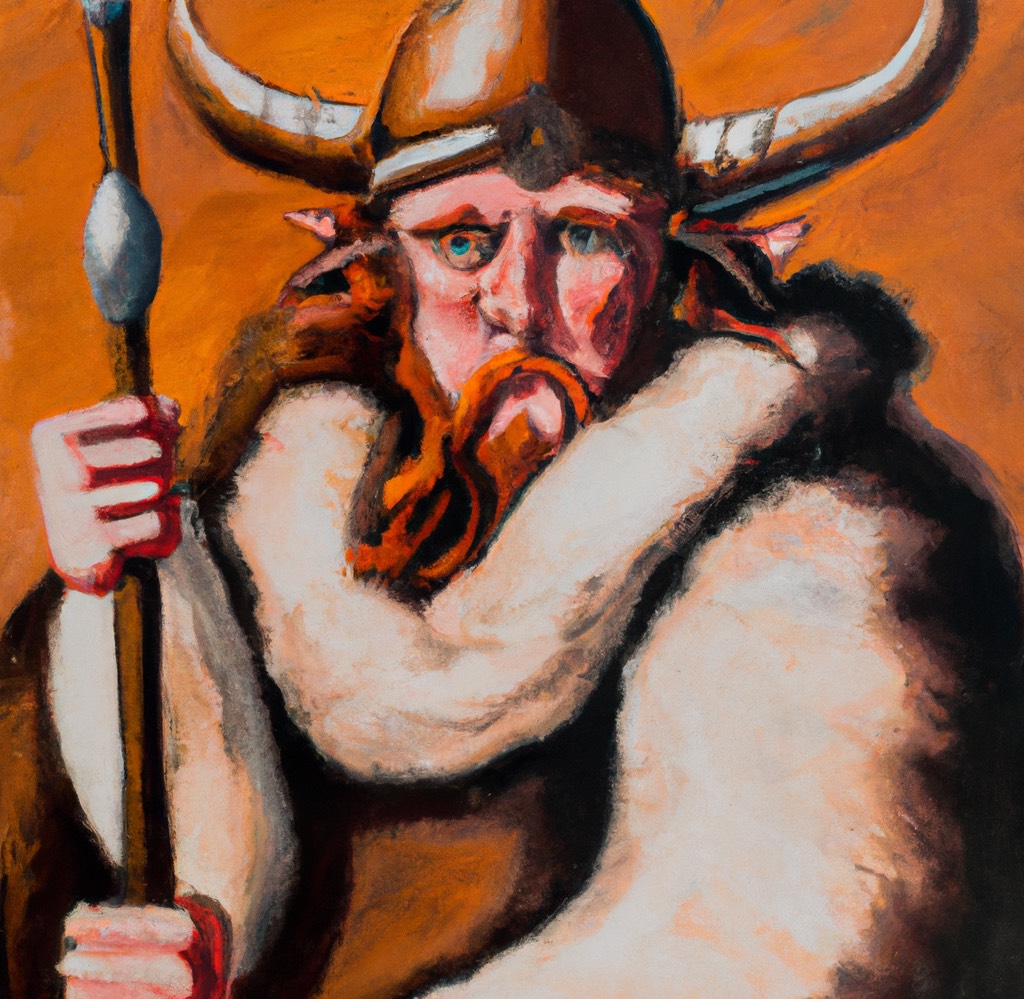
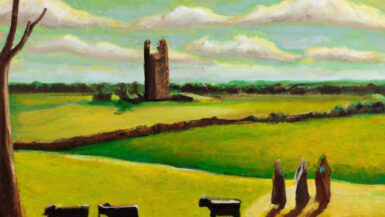
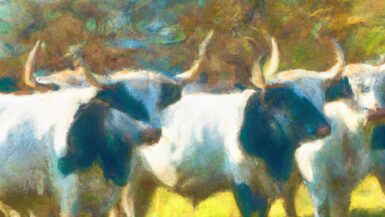
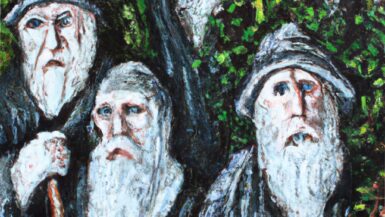
WOULD YOU SAY ARE THE IRISH NORMANS I SOME TIMES THINK I COULD BE NORMAN AS I HAVE LIGHT BROWN SKIN